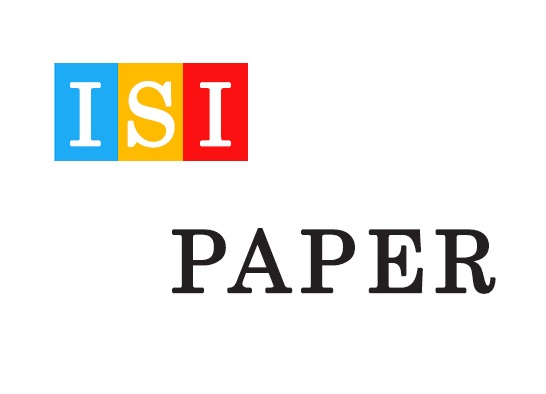دانلود رایگان مقاله ISI درباره مدیریت پرسنلی و مدیریت منابع انسانی
دانلود رایکان مقاله انگلیسی ISI با موضوع توسعه مدیریت منابع انسانی در چین
عنوان فارسی مقاله:
سی و دو سال توسعه مدیریت منابع انسانی در چین
عنوان انگلیسی مقاله:
Thirty-two years of development of human resource management in China: Review and prospects
دانلود رایگان مقاله ISI با فرمت PDF:
مشاهده توضیحات کامل و خرید ترجمه فارسی با فرمت ورد تایپ شده:
بخشی از مقاله انگلیسی :
3. Challenges that HR management are facing in a transition economy
With the transition of China's economic system from a planned economy to a market economy, researchers must consider numerous theoretical and methodological challenges. At present, a majority of our theories and models on HR management originate primarily from Western developed countries. In order to appropriately adapt these theories and practices to our businesses, researchers and practitioners must focus on Chinese theoretical frameworks and applications. It is necessary to borrow relevant experiences from developed countries; however, it is crucial to establish local theories and modes that are adaptable to China's transitional economy. Companies have to continue to tackle the HR management problems in accord with the Chinese transitional economy as the social culture, technical developments, and business systems continue to evolve. According to a survey of Lin et al. (2006), HR management practices in Chinese businesses continue to exhibit problems. First, most businesses are trying to formulate a variety of HR management policies and practices consistent with the best practices. However, the executive capability in many organizations still needs to be improved. Second, most businesses have built the capability to conduct position management through job analysis, but the level of normalization is still relatively low. Third, the labor employment in Chinese enterprises has progressively achieved marketization, but this needs to be reinforced and maintained. Fourth, the relevant evaluation system for performance management has been used extensively, but the effects of this evaluation have not been as good as expected. Fifth, training investments from different regions are unbalanced. The investment from enterprises in the west and the interior of China remains lower than that in the south and east of China. It is not the implementation of these training processes that is ineffective, but the evaluation and application. Finally, motivational practices are not sufficiently applicable towards all critical employees, such as senior managers, technical employees, salespersons, and workers.


